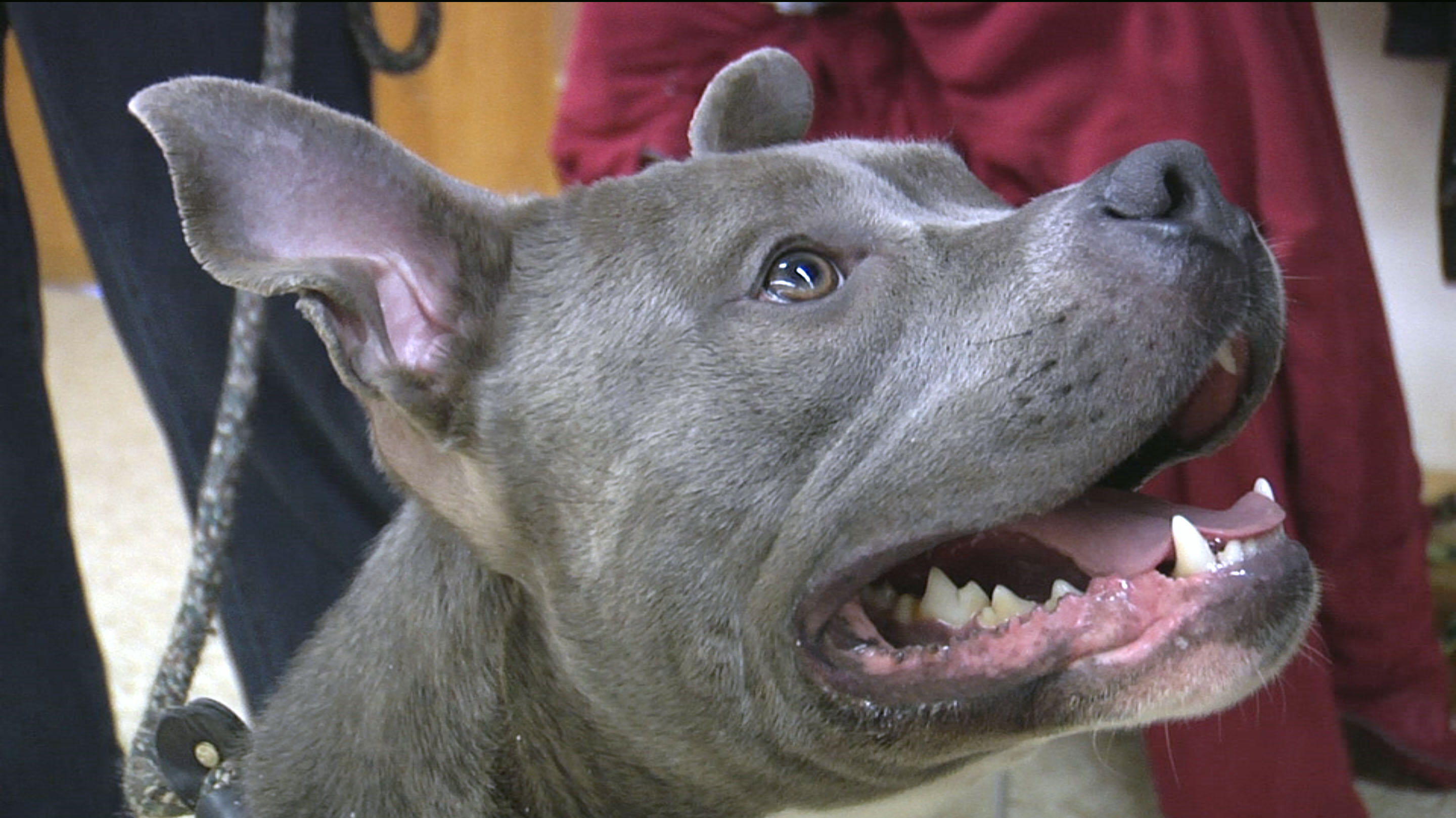WASHINGTON – You see a guy next to you in the grocery store grabbing ground beef, brown rice, green beans and carrots, which all are great stuff for a healthy dinner. But he won’t be eating it; it’s for his dog.
Pets have long been considered members of their owners’ families, but today’s pet owners increasingly want to feed their dogs and cats the same kind of food they are eating – part of a growing pet food humanization trend.
Twenty-seven percent of pet owners in a May survey identify real meat as the ideal item in their pet food purchases, according to Mintel, a global market research agency that conducted the online survey of 2,000 pet owners.
Thirty-nine percent of pet owners prefer organic pet food, the survey said.
“Usually it took two years for things that were really popular in human food to come over to the pet food area,” said Tiffany Bierer, scientific affairs lead at Mars Petcare, “Now we notice the time is getting shorter and shorter.”
Laura Clark, owner of a six-store pet supply chain in the Washington area called Wyllie Wagg, agrees with Bierer.
For instance, Nutro Farm’s Harvest, a recently launched product at Mars, contains freeze-dried fruits and vegetables that could provide pets with better nutrition, Bierer said.
The trend of pet food humanization has brought opportunities for pet food manufacturers and retailers. Total U.S. pet food sales were $21 billion in 2014 and Mintel projects a total of $22.8 billion revenue by 2019, up 9 percent from 2014.
To accommodate consumers’ growing demand, even hotels started offering freshly cooked pet meals. You can find special pet meal choices on room service menus at the Sofitel Hotel in Washington: chicken, steak, salmon, green beans, carrots and rice.
“Pets are families nowadays. People really want their pets to have a great experience when they travel,” said Alexandra Byrne, the hotel’s marketing . “[The humanization demand] has been growing everywhere. More and more companies that are catering to pets.”
While freeze-dried fruits, vegetables and meat can somewhat mimic a human meal, some pet “parents” want to feed their dogs and cats fresh food closer to “people” food. In the Mintel survey, 21 percent of pet owners feed their pets human food.
“A lot of vets now are saying the best solution [for getting away from those unhealthy ingredients] is going to the grocery store and getting basic ingredients,” said Michael Fox, a Minneapolis, Minnesota, veterinarian and a nationally syndicated animal care columnist. “You know where they are coming from. There are no byproducts included. Go to the source. Go to the market.”
However, animal nutritionists are concerned about consumers’ capabilities to create a balanced diet for their pets.
“I would argue that home-cooked diets are actually counter humanization,” said Cathleen Enright, president of the Pet Food Institute in Washington. “If you are a pet owner who is trying to provide the best nutrients for your pet, you may not be able to achieve that with a home diet.”
Many human foods contain spices or too much salt or fat, which can cause stomach upset and more serious conditions. Many of the foods people eat are harmful to pets and can even be deadly, Enright added.
According to research from University of California Davis, 95 percent of the home-cooked recipes fed to pets lacked the necessary levels of at least one essential nutrient, and more than 83 percent were deficient in two or more nutrients.
Although the humanization trend is bringing pet food companies growing opportunities, it also causes challenges. What is important for pets is different from what is important for consumers, Bierer said.
As Enright noted: “Pet owners need to bear in mind that a dog or cat is not a human.”
“Most of the humanization is really about humans feeling good about how they feed their pets,” she said. “It doesn’t really matter for animals as long as they are having a balanced diet.”




